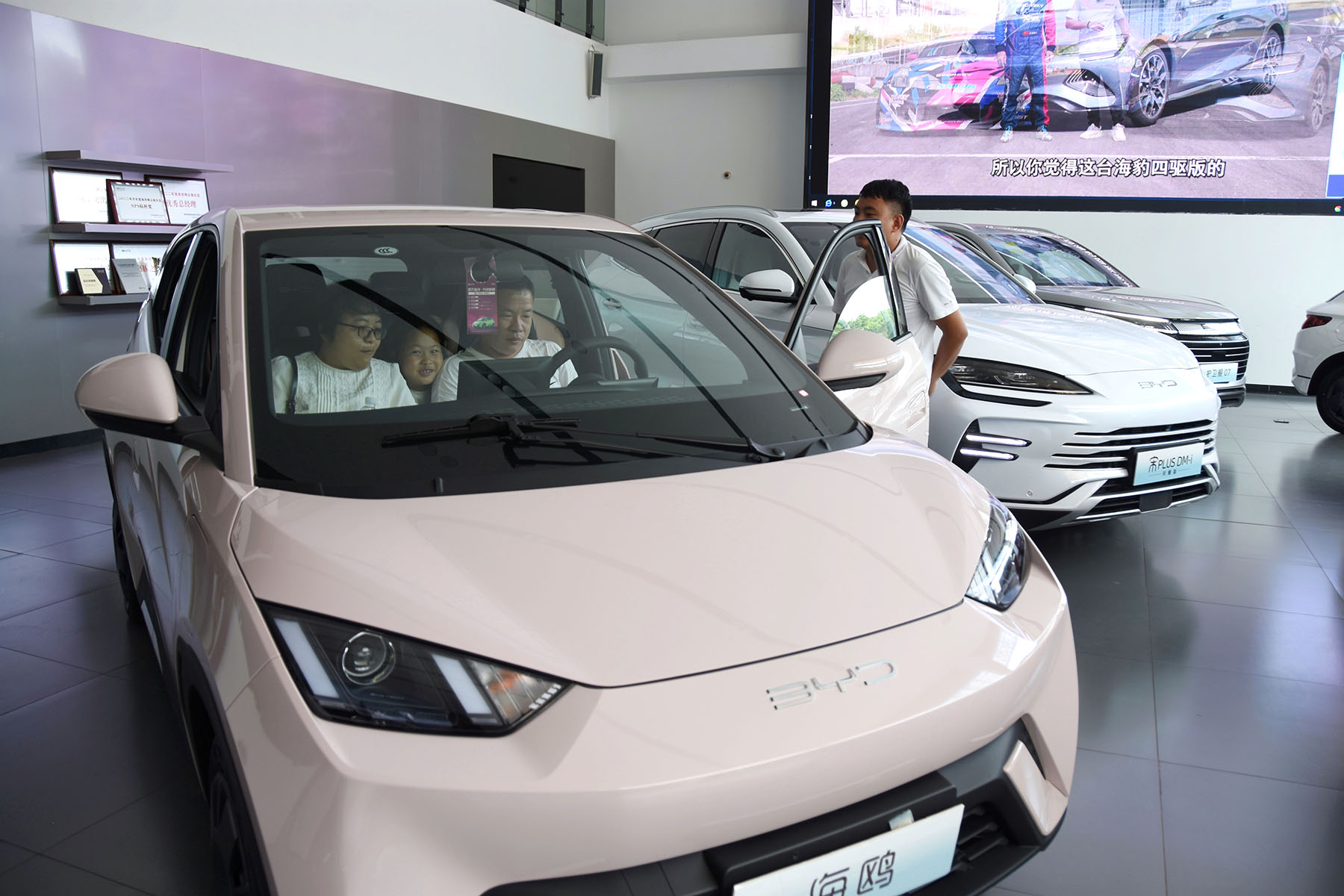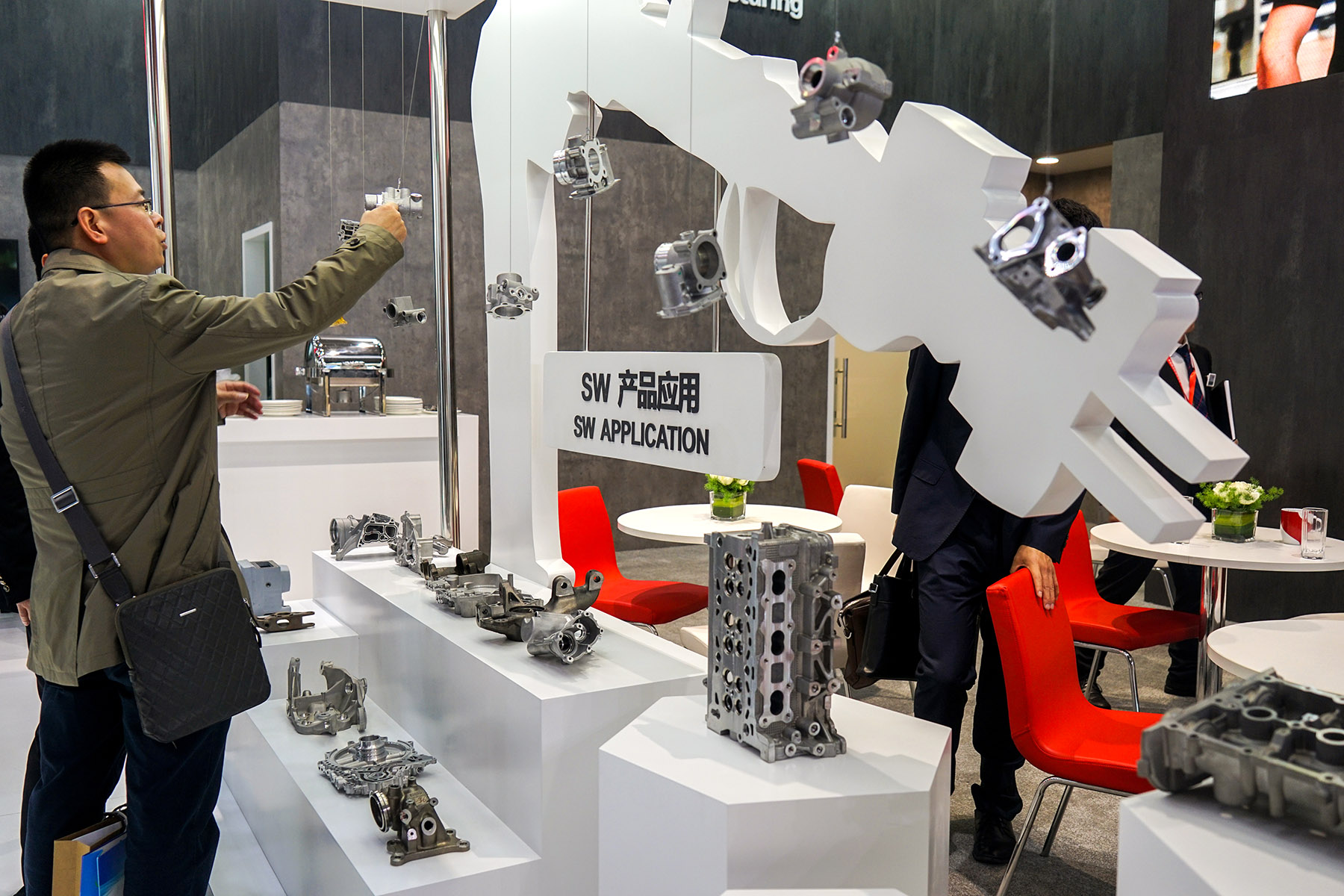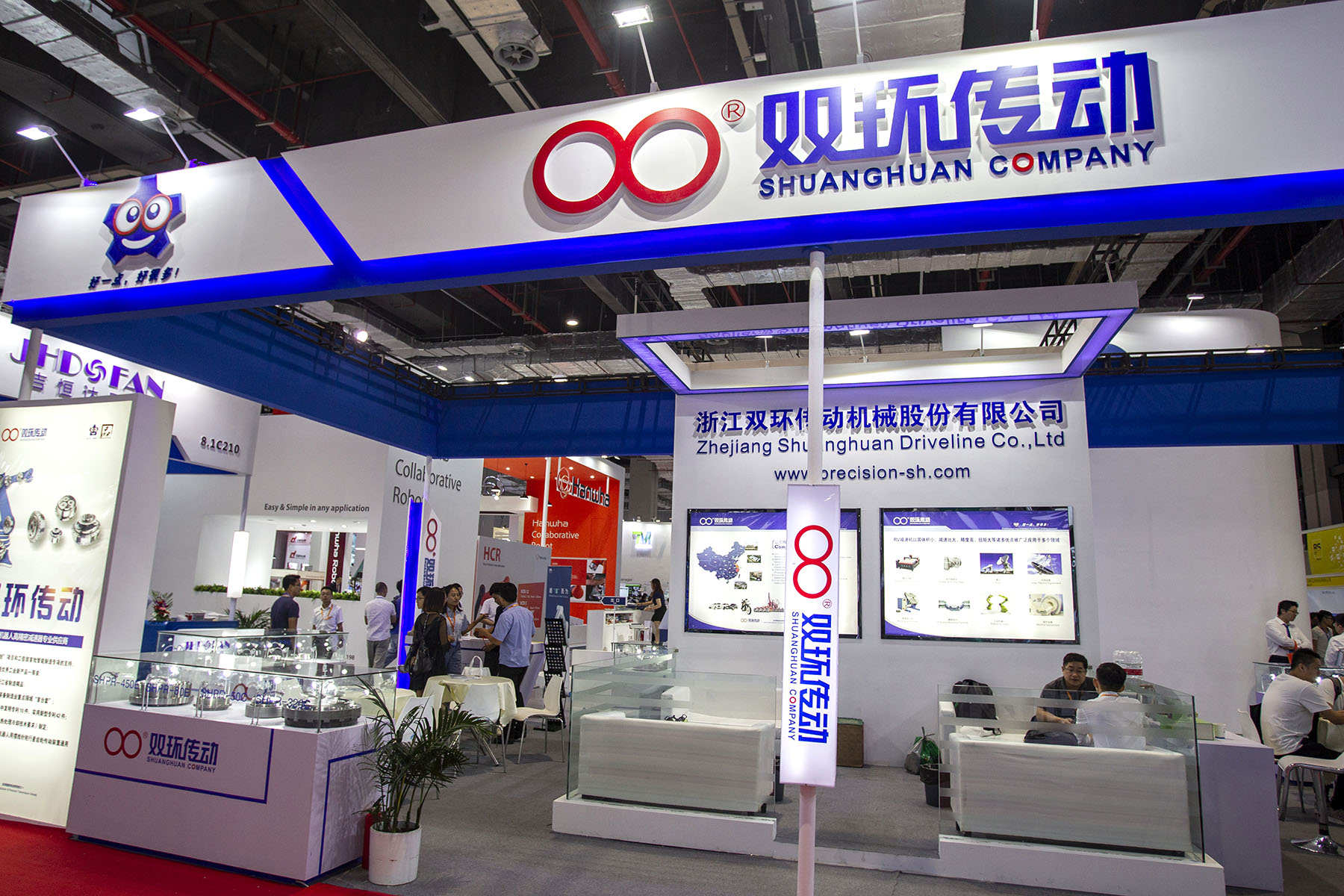Market proximity, trade frictions see Chinese NEV and auto component makers step up offshore production

More than 1,000 years ago, an overland trading route starting from present-day Xi’an, Shaanxi province, transported silk and porcelain during the Tang Dynasty (618-907) to West Asia and Europe. Today, the Silk Road still exists, but its cargo has evolved to new energy products, with electric vehicles leading the charge.
Due to cost-effectiveness, improved quality and efficient after-sales service, Chinese new energy vehicles (NEVs) have steadily gained larger market share by offering affordable solutions to green transition drives in many nations, especially developing economies.
Most recently, Chinese NEVs and auto parts manufacturers have been increasingly setting up production facilities overseas, as their foreign clients demand quick responses to their needs and on-time delivery amid heightened supply chain security concerns — all within the context of deglobalization and geopolitical tensions. Central Europe and Mexico are becoming key destinations for investment.
Although some Western politicians and media outlets claim that China is creating excess capacity and dumping products at low prices overseas, experts and business executives argue that the notion is unfounded, saying that the growing overseas footprint of Chinese EVs and auto parts makers not only facilitates the global green transition and benefits users by reducing costs, but also offers substantial opportunities for global manufacturers.
“Some foreign media have inaccurately linked China’s export growth in recent years to overcapacity, labeling it as ‘dumping’ without basis. The strong export performance of Chinese branded vehicles is due to improved product quality, technological upgrades and enhanced business services,” said Fu Bingfeng, deputy secretary-general of the China Association of Automobile Manufacturers (CAAM).
The association said that in the first two months of this year, China exported some 831,000 vehicles, representing a 21.9 percent year-on-year increase. Among these, 285,000 were NEVs, marking an 11.1 percent year-on-year increase.
Responding to “overcapacity” accusations, Fu said the utilization rate of China’s NEV factory capacity now exceeds 70 percent, which is within a reasonable range.
“Global consumers favor Chinese NEVs because they fill supply gaps in certain regions, which is driven purely by market demand. China’s NEV development provides technical support and policy references for the development of NEVs globally, contributing to worldwide green development,” he said.
Norbert Wiest, general manager of SW China, a subsidiary of German machine tool maker SW, said, “It is logical for China’s car industry to go global.”
Wiest said: “In industrial history, every rapidly expanding and influential economy has ventured onto the global stage. For instance, Japan extended its reach globally during the growth of its automotive industry … (And) German OEMs achieved considerable success by exporting parts to China.”

He added that the competitive pricing of Chinese NEVs and auto parts manufacturers is driven by technological progress and large-scale production.
“Many of SW’s customers in China are Tier-1 suppliers that directly serve OEMs. Their primary motivation for overseas expansion includes following global customers like Tesla into Europe and North America. These innovative companies have also contributed to global technological advancements in the electric vehicle sector, benefiting various entities in the supply chain,” Wiest said.
Wiest said SW’s Hungary branch saw a business boom in the past two years, largely due to orders from Chinese auto parts makers establishing production bases there.
Last year, about 40 percent of SW’s global income came from Chinese orders.
SW Group is not the only foreign company to benefit from China’s rapid NEV development. EMAG Group, another German machine tool manufacturer, said it will further tap opportunities from China’s evolving NEV market with several million euros of investment over the next three to five years.
“China is playing an increasingly significant role in supporting EMAG’s global structure. We are confident in further collaboration with Chinese customers as they expand globally,” said Markus Clement, global CEO of EMAG Group.
“EMAG is poised to support its Chinese partners not only within China, but also across international markets, including Europe and emerging regions like Southeast Asia,” Clement said.
The remarks came as Chinese automakers, a downstream industry of machine tool manufacturing, are facing critical challenges including the European Union’s anti-subsidy investigation into Chinese-made EVs.
The challenges that Chinese NEVs face are daunting. In mid-May, the US government decided to impose additional tariffs on its imports of Chinese products like electric vehicles and lithium-ion batteries on top of existing tariffs, under Section 301 of the US Trade Act of 1974. Starting this year, the US will increase tariffs on imported Chinese EVs from 25 percent to 100 percent.
Despite Chinese NEVs having a relatively small market share in the US, analysts said Washington is concerned about the rapid growth of the Chinese NEV industry, as it is seen as a potential threat to US competitiveness.
The pressure on Chinese companies to invest and build factories in other parts of the world will increase, accelerating their decision-making processes, said Sun Lei, a senior partner at Beijing Dacheng Law Offices.
Chinese companies have started such attempts in recent years, with Central Europe and Mexico becoming key investment destinations.

Chen Shihua, deputy secretary-general of CAAM, said: “Amid the current trend of deglobalization and geopolitical complexities, foreign clients, (whether it is) dealers or automakers, are shifting their focus from cost to supply chain security. As a result, they favor suppliers of NEVs or auto parts capable of production near their sites.”
“Tapping the trend, Chinese automakers and parts suppliers have started venturing overseas and gained significant market share and recognition due to their years of large-scale production, technological advancements, and comprehensive supply chain systems and services.”
In Central Europe, leading automotive industry players as well as specialized niche companies are setting up operations in Serbia and Hungary due to their strategic location, favorable policies and proactive efforts to attract Chinese auto parts manufacturers.
Serbia is set to implement a free trade agreement with China, which will result in over 90 percent of trade between the two countries being tariff-free, from July. Sectors such as automobiles, lithium batteries and photovoltaics will benefit first.
As for Hungary, low corporate tax rates, establishment of German vehicle production bases, as well as stable and favorable policies to welcome foreign investment, make the nation a hot spot for Chinese automotive and parts manufacturers.
Chervon-Auto, a Chinese automotive components manufacturer listed in Shanghai, established operations in Hungary with an investment of approximately 120 million euros ($129.8 million) in 2021. It completed factory construction there in 2023.
Shi Jiaqi, director of the firm’s overseas projects, said: “Our overseas orders generally account for 40-50 percent of our total, with around 80 percent coming from Europe. Establishing an overseas production base was essential to better understand and promptly meet customer needs.”
“Our foreign clients prefer suppliers who can produce auto parts nearby to avoid instability from deglobalization and geopolitical conflicts. This factor significantly influenced our decision to set up overseas branches,” Shi said, adding that the company plans to establish a strong R&D center in Hungary within three to five years to better serve European clients.
Hungary was chosen after evaluating factors such as policy stability, workforce strength and technical expertise.
“While venturing abroad, we faced a few challenges such as finding a robust supply chain, and transferring technology and skills from China to our new factory, because the two countries vary in many areas such as production standards,” Shi said.
Talking about current trade conflicts, Shi said globalization is a necessary choice for not only Chinese auto and parts makers, but also global manufacturers, just like how US, German and Japanese automakers took their supply chains abroad decades ago.
Zhejiang Shuanghuan Driveline Co is another auto parts maker with operations overseas. The Shenzhen-listed auto transmission producer invested 122 million euros as a first phase project in Hungary.
Wang Binlian, director of overseas projects at Shuanghuan, said that in today’s climate of geopolitical conflicts, clients are increasingly prioritizing supply chain security over simply minimizing costs. This shift favors suppliers capable of auto parts production near vehicle manufacturing sites, which is why the company is establishing an overseas plant to meet client needs.
“Several Central European countries, including Poland, Slovakia and Hungary, have been the main destinations for Chinese companies’ site visits,” he said.
“Our foremost priority is a stable investment environment, even if it results in marginally higher logistics costs,” Wang said.
“Hungary’s cultural similarities to China enable us to adopt Chinese management systems effectively. Moreover, Hungary serves as a central hub for the eastward relocation of European manufacturing, with major firms like Audi and BMW setting up factories,” he added.


